NeuroTrainer Reakt
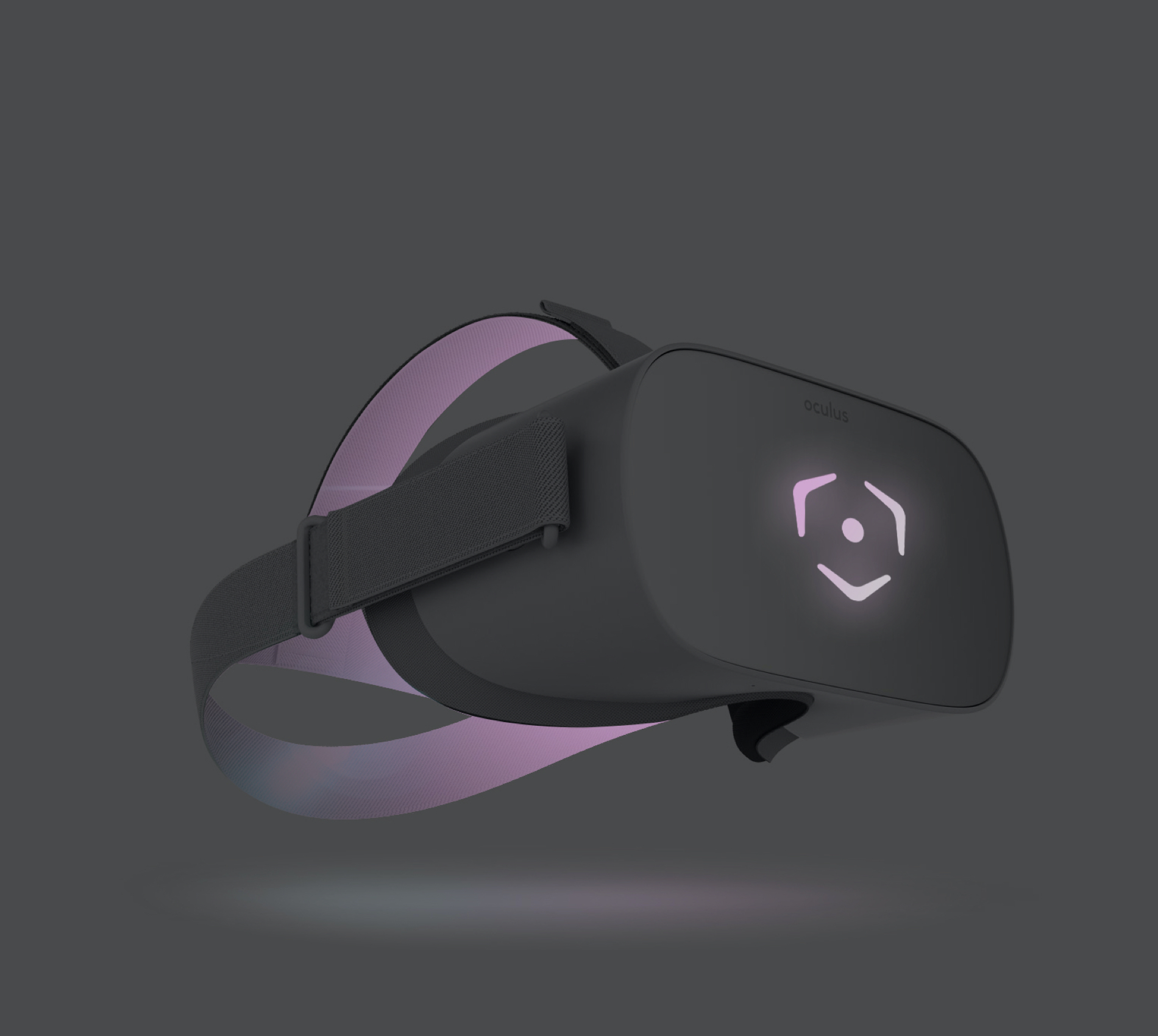
UX and UI design for a bold new virtual reality brain-training application called Reakt.
Next Project
The next generation of video games is being defined as shared experiences rendered with a visual fidelity that is unmatched by preceding standards. Our remit? Apply these two emerging criteria to the most popular video game of all time.
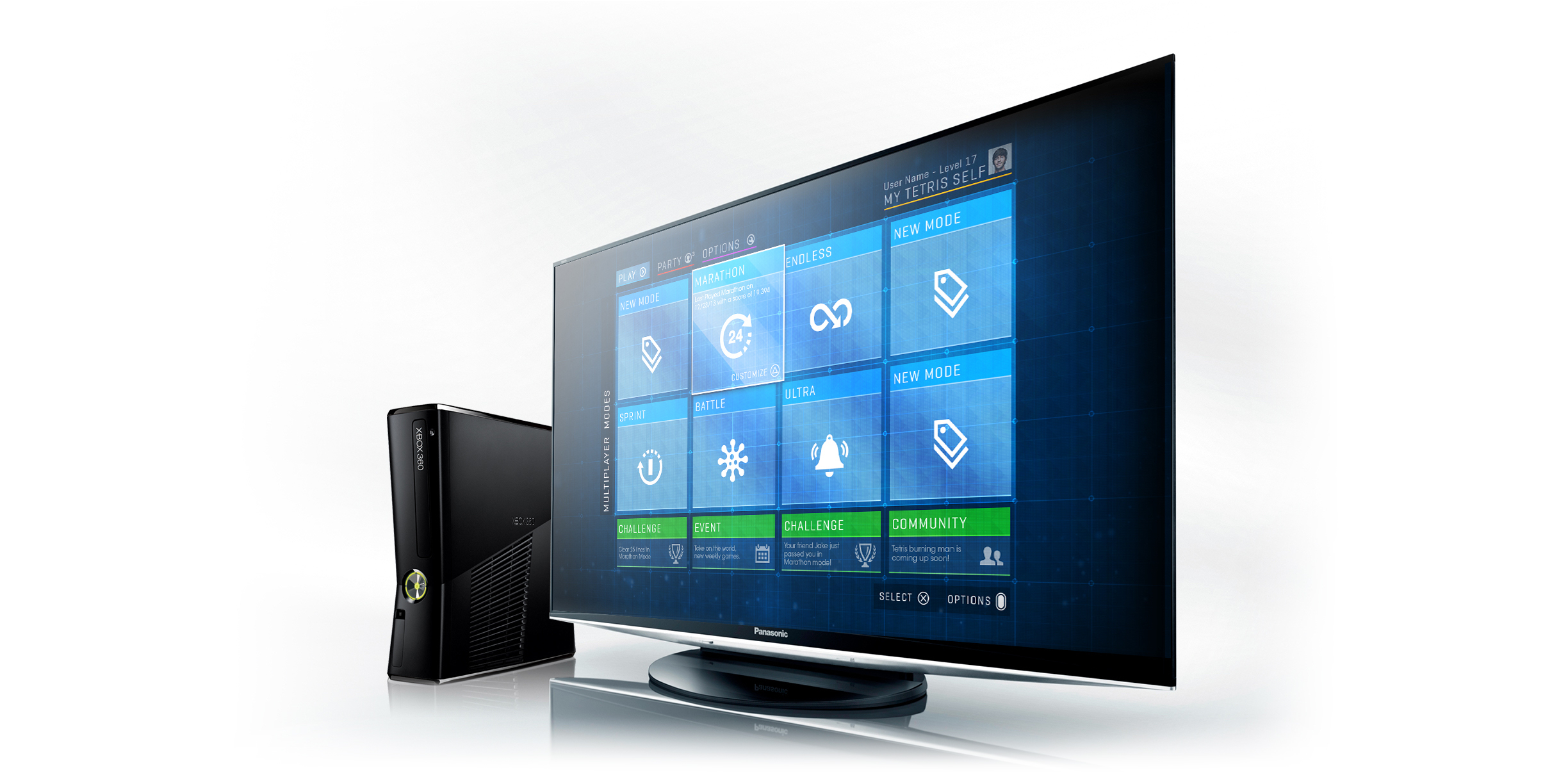
Tetris stands as one of the founding fathers in the pantheon of the video game. It was historically played in isolation, in a single screen environment. With the advent of next generation gaming consoles the challenge was to make Tetris Ultimate a streamlined, user-friendly experience that promotes playing together and sharing with ease.
After a period of intensive research and testing, we settled on a user experience concept based around the neural network. As users play the game, background art forms an inter-connected network and a matrix of nodes evolves. Simultaneously neurons fire in each player’s brains, literally helping to form new neural networks.
The UX and UI both evolved to promote social sharing. The UI was based around a flexible grid that allows seamlessly for 1-4 players. That same grid influenced everything from the game’s main UI right down to custom type treatments.
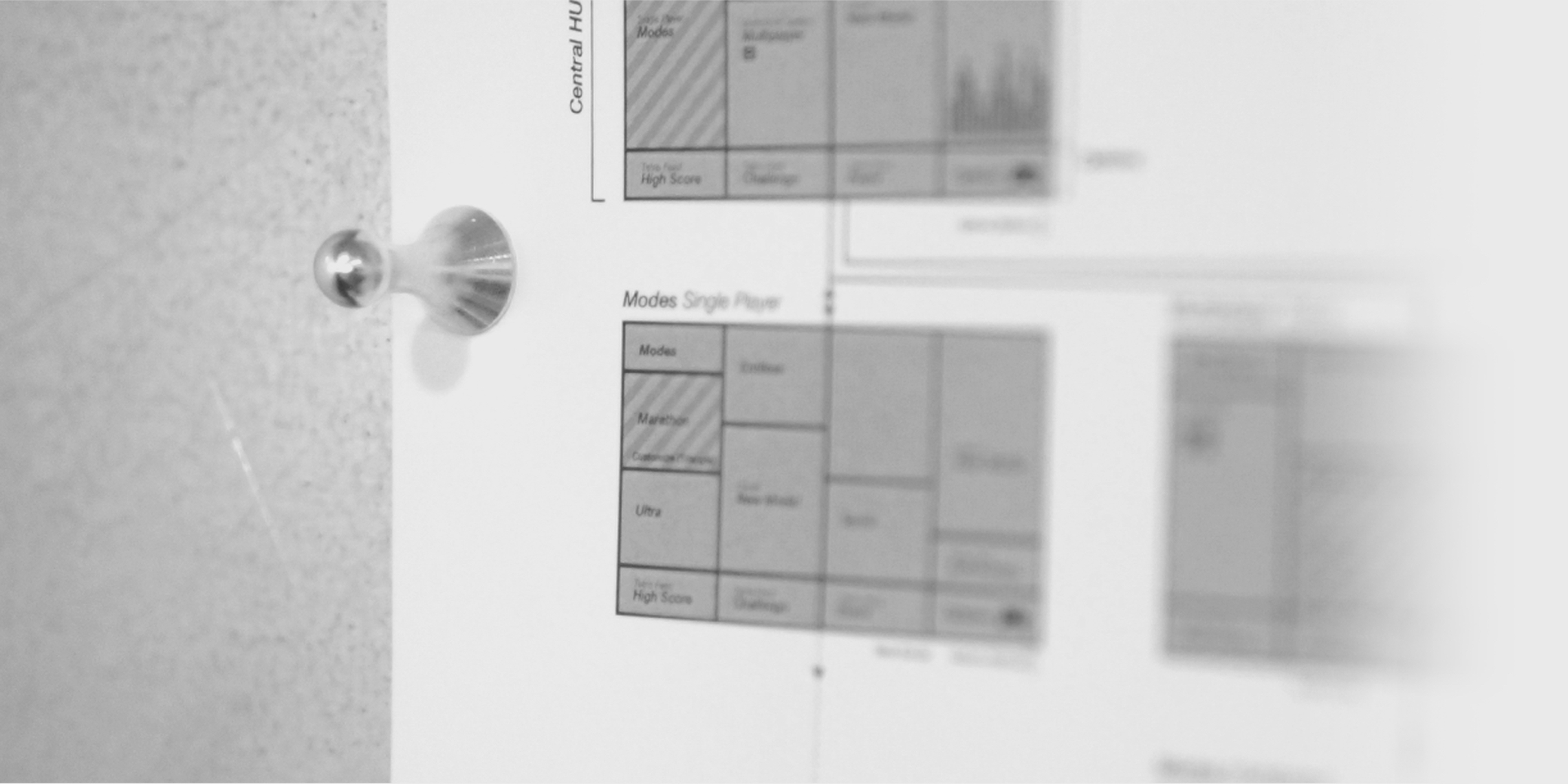

We developed the neural network concept: deploying a “synaptic soup” that morphs organically to form the game’s user interfaces, playing surfaces and graphic elements.
A wide variety of icons and badges were developed to encourage continued engagement and a sense of achievement.
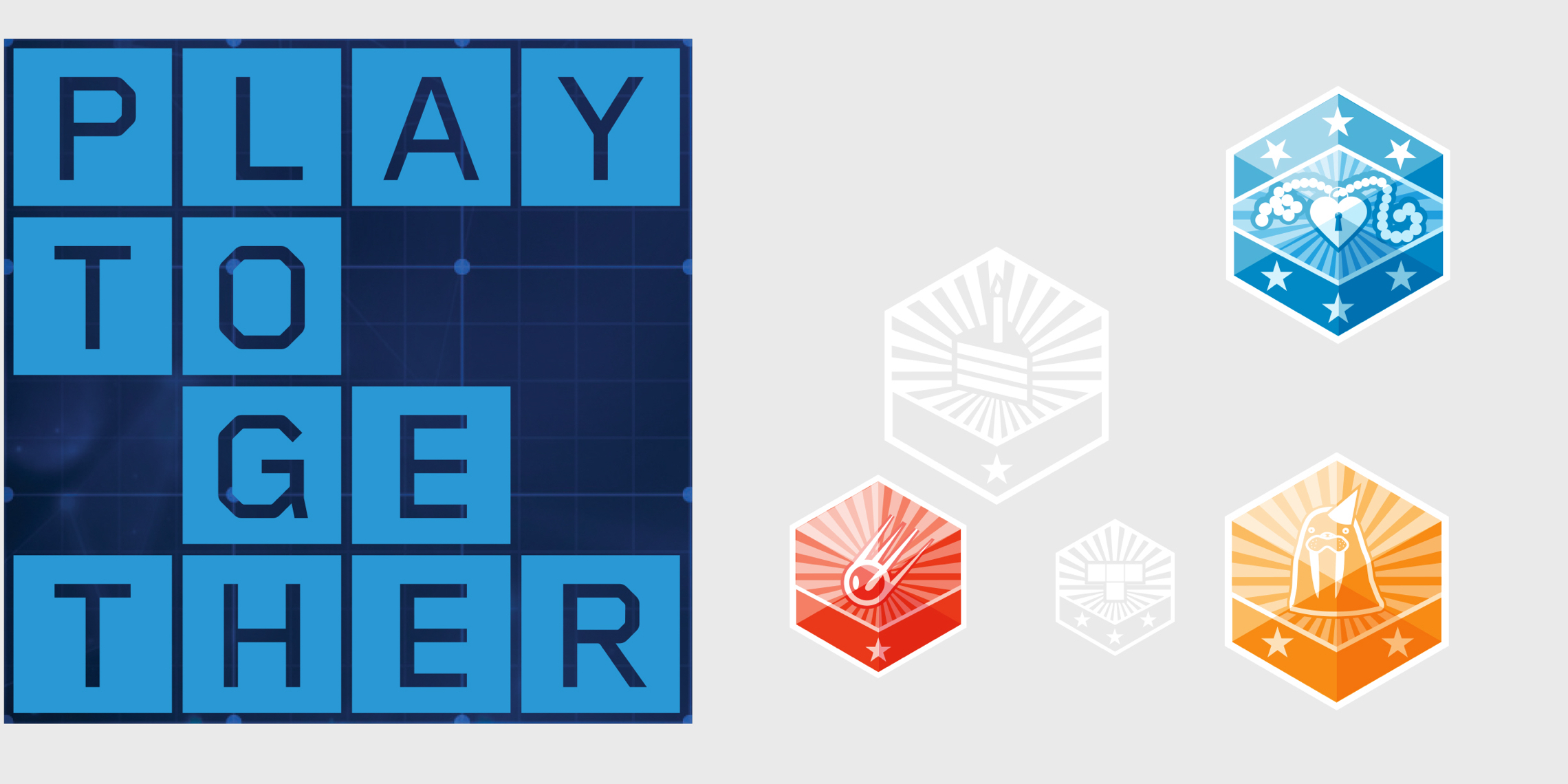
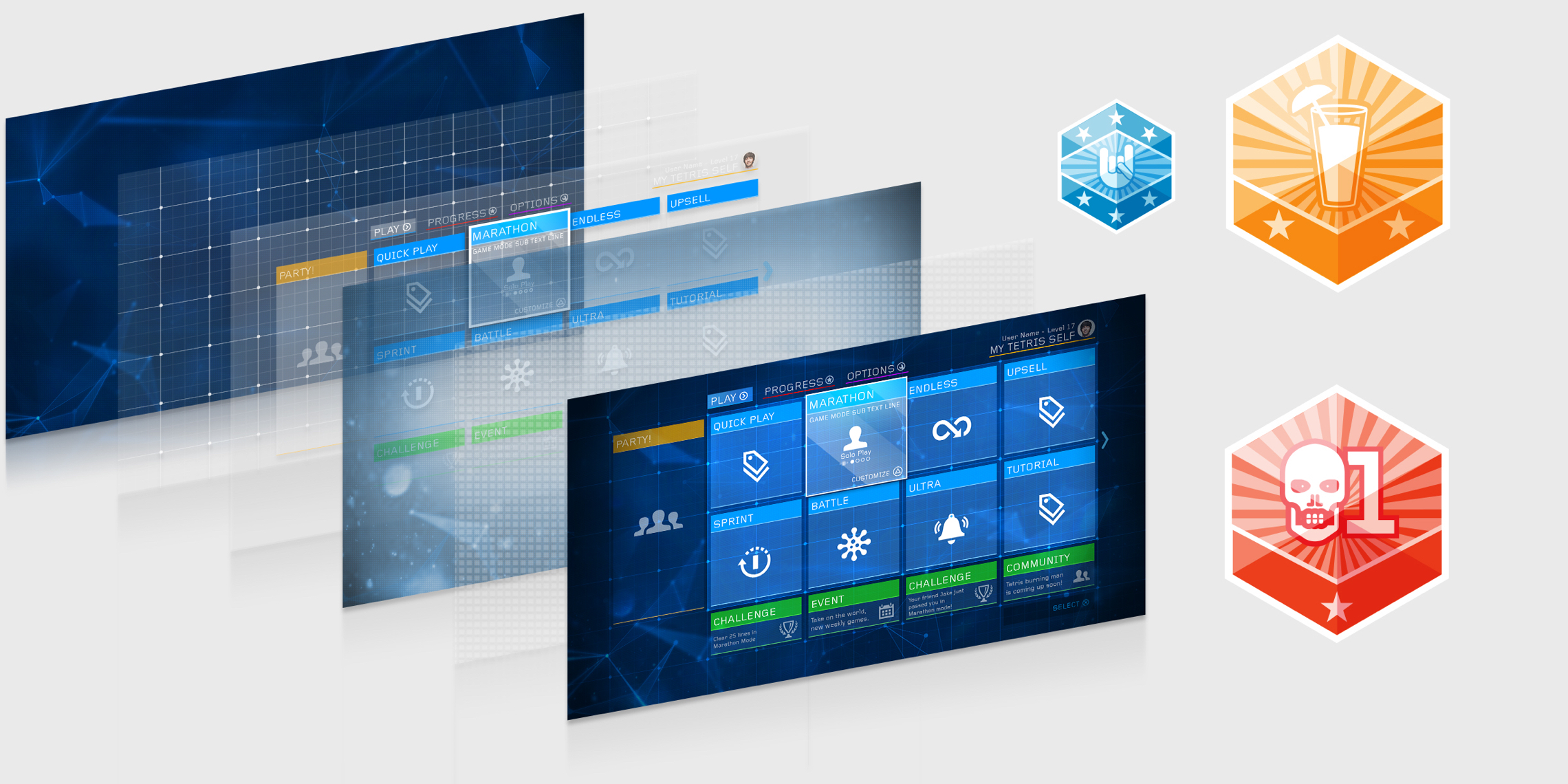

After a successful launch on Xbox One, Ubisoft rolled out further iterations for PlayStation 4, PlayStation Vita, Nintendo 3DS and PC. Our involvement lead us to work on an animated logo for the game’s launch and we’ve progressed to work on a number of gamification projects across several industries.
As reviewed by
The Vita Lounge
Copies of
Tetris have been
sold since 1984
Developed to
celebrate Tetris’
30th anniversary